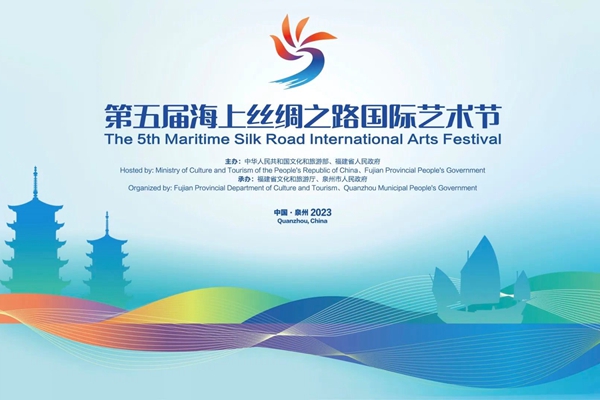British exhibition highlights exquisite Dehua porcelain

Left: A traditional figure of Luohan by Su Xuejin. Right: A contemporary white porcelain sculpture, Paper No 1, by Su Xianzhong. [Photos provided to China Daily]
Porcelain has promoted exchanges between the East and the West since the Roman times, and an ongoing exhibition of white porcelain, being staged in the United Kingdom through October, tries to open up a dialogue between the ancient and the modern.
The special display Blanc de Chine, a Continuous Conversation at the Victoria and Albert Museum in London showcases 31 sculptures created by six contemporary artists from across the world and inspired by Dehua white porcelain.
Dehua is a county in Fujian province on China's east coast. Kilns in the area started producing ceramics during the Song Dynasty (960-1279), and the skill of local craftsmen in making porcelain with a cream-colored glaze reached its zenith during the Ming Dynasty (1368-1644).
Figures of religious deities, vases and other porcelain products were then exported in large quantities to Southeast Asia and to Europe along ancient maritime trade routes, earning themselves the French name "blanc de Chine", or "white from China". Dehua still thrives as a prominent porcelain town in China to this day.
The influx of white porcelain into the European market also inspired porcelain collection and patronage. Augustus II the Strong was perhaps the best-known Chinese porcelain aficionado, and it was through his efforts and decree that the first European fine porcelain factory in Meissen, Germany, was established. Since then, the manufacture of porcelain has flourished in Europe.
"Across four centuries, porcelain makers have shared a spirit of inheritance, honoring traditions and natural materials from the soil," says Li Xiaoxin, curator of the display. "The refined Dehua white porcelains have communicated oriental aesthetics and timeless beauty.
"This display invites viewers to join this great journey, to immerse themselves in the glamor of these works and the ingenuity of their makers.
The display is separated into two parts. The museum's China Gallery mainly shows various historical Dehua porcelain items, such as tea sets, cutlery and home decorations, made in China and in Europe, selected by Li from the museum's existing collection. The Ceramics Gallery displays the aforementioned artworks sculpted by six contemporary artists and inspired by "blanc de Chine".
The two parts intertwine in some places, such as the juxtaposition of a figure of Guanyin (the goddess of mercy in Chinese Buddhism) from the museum's collection with a fourth-generation ceramist Su Xianzhong's work Meeting.

 5th Maritime Silk Road International Arts Festival
5th Maritime Silk Road International Arts Festival 